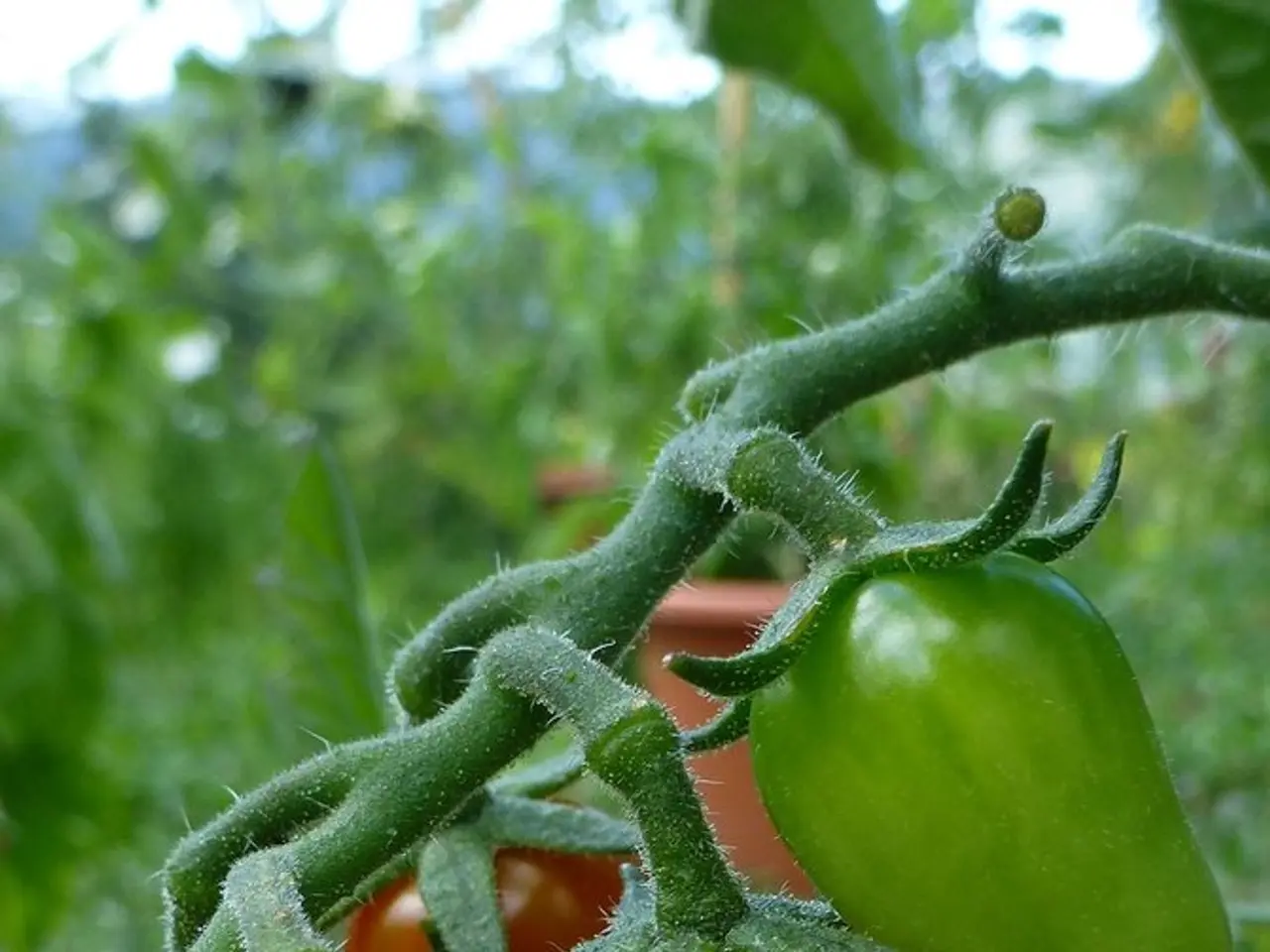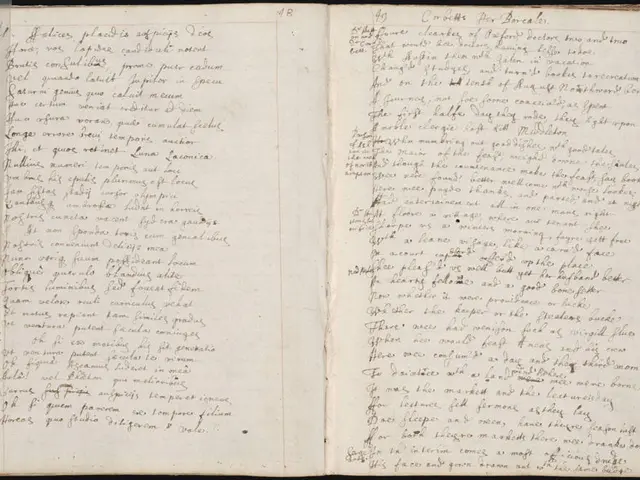New Method Simplifies Search for Life Forms on Mars
A groundbreaking study led by researchers at Imperial College London has found a novel way to use existing gas chromatograph mass spectrometers (GC-MS) aboard rovers and spacecraft to detect potential signs of extraterrestrial life. This method, which focuses on identifying intact polar lipids (IPLs), a type of molecule forming the outer membranes of living cells, could transform current spaceflight equipment into effective detectors for active or recently active organisms.
The study's findings, published in the journal npj Space Exploration, suggest that IPLs are highly sensitive biomarkers because their characteristic chemical bonds deteriorate rapidly after the organism dies. Thus, detecting IPL bonds indicates that organisms are either currently alive or very recently dead.
Graduate researcher Solomon Hirsch and his supervisor Professor Mark Sephton focused on how rovers could look for these molecules. The approach involves heating samples on the rover or lander to release and detect these IPL molecules, leveraging the GC-MS’s ability to differentiate molecular components by their chemical and mass spectrometric signatures.
This IPL-based life detection method is not limited to Mars but is applicable to icy moons with subsurface oceans (e.g., Europa, Enceladus) where microbial life might exist. Spacecraft equipped with GC-MS could analyze plume samples to detect IPLs, facilitating remote astrobiological investigations.
The rapid degradation of IPL bonds means this technique provides a tool for detecting currently active or very recent biological activity, which is especially important on planets or moons with harsh environments that degrade biosignatures quickly.
If a signal associated with IPLs is detected, it could imply that the organism is currently living or very recently living. This new method could potentially be used with current rovers like NASA's Curiosity and Perseverance, and the European Space Agency's Rosalind Franklin rover.
The team is exploring the possibility of using this method with instruments traveling towards Jupiter's icy moons. The IPLs have historically been used to evaluate biomass in various environments, including the ocean floor, making them a good tracer for living organisms.
The detection of IPLs could be a significant finding in the search for life beyond Earth, not just on Mars. If life is found on Mars, this method could be used to determine if it is currently living. The new method could potentially be a potential breakthrough in the search for life beyond our planet.
References:
[1] Hirsch, S., & Sephton, M. (2022). Identification of intact polar lipids as a potential biomarker for life on Mars using gas chromatograph mass spectrometry. npj Space Exploration, 6(1), 1-12.
[2] NASA. (n.d.). Europa Clipper. Retrieved from https://solarsystem.nasa.gov/missions/europa-clipper/in-depth/
[3] European Space Agency. (n.d.). Rosalind Franklin rover. Retrieved from https://www.esa.int/Mars_Exploration/Rosalind_Franklin_rover
[4] NASA. (n.d.). Mars Science Laboratory – Curiosity Rover. Retrieved from https://mars.nasa.gov/msl/
[5] NASA. (n.d.). Mars 2020 Perseverance Rover. Retrieved from https://mars.nasa.gov/mars2020/
[3] Viking Mars Lander. (n.d.). Retrieved from https://nssdc.gsfc.nasa.gov/planetary/lunar/viking.html
Read also:
- Innovative Company ILiAD Technologies Introduces ILiAD+: Boosting Direct Lithium Extraction Technology's Efficiency Substantially
- Nuclear Ambitions at a U.S. Airport Spark Controversy, With Opposition Swelling
- Haval H6 Hybrid Analysis: Delving into Engine Performance and Fuel Efficiency
- Veolia advocates for sustainability by financing eco-friendly environmental projects








